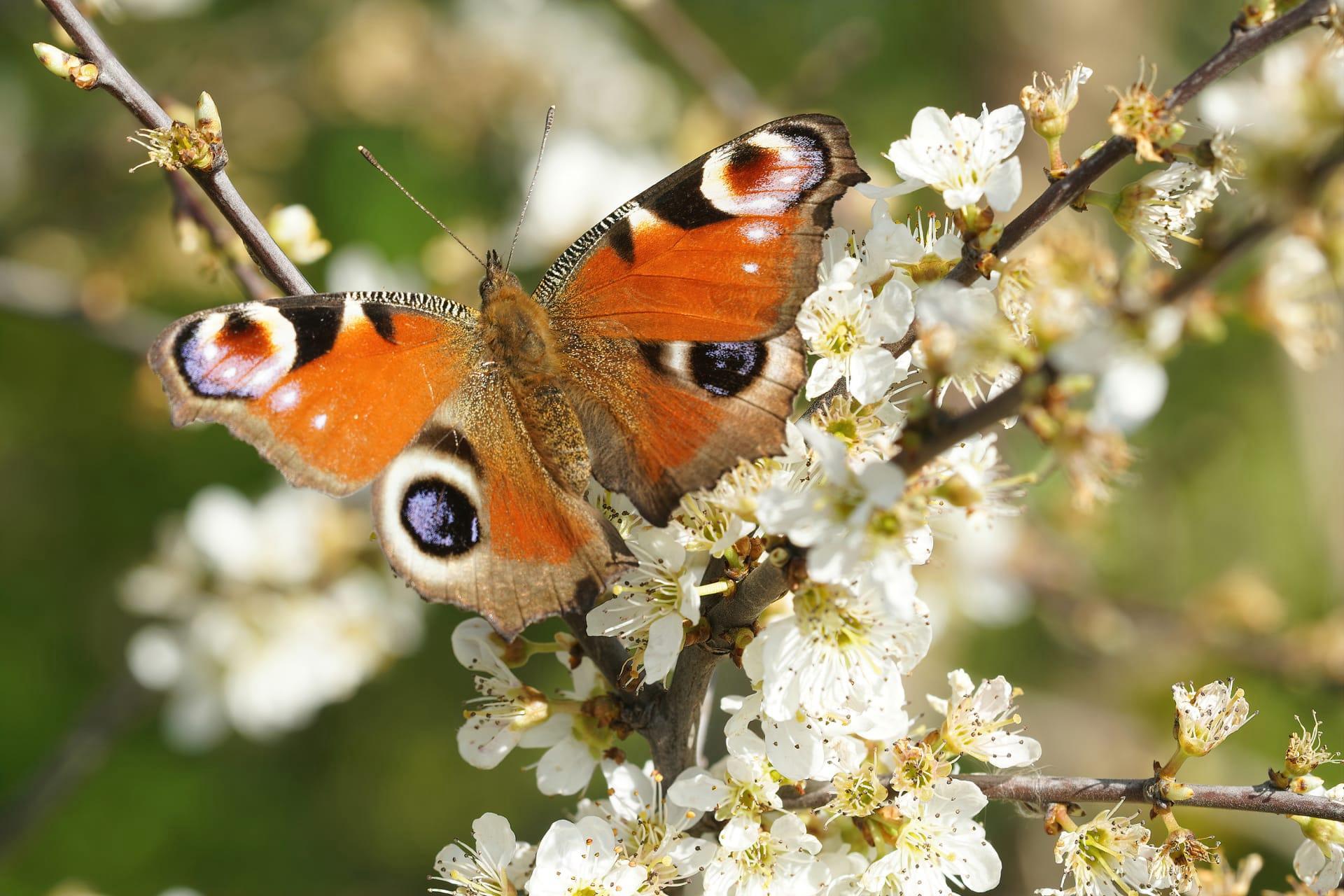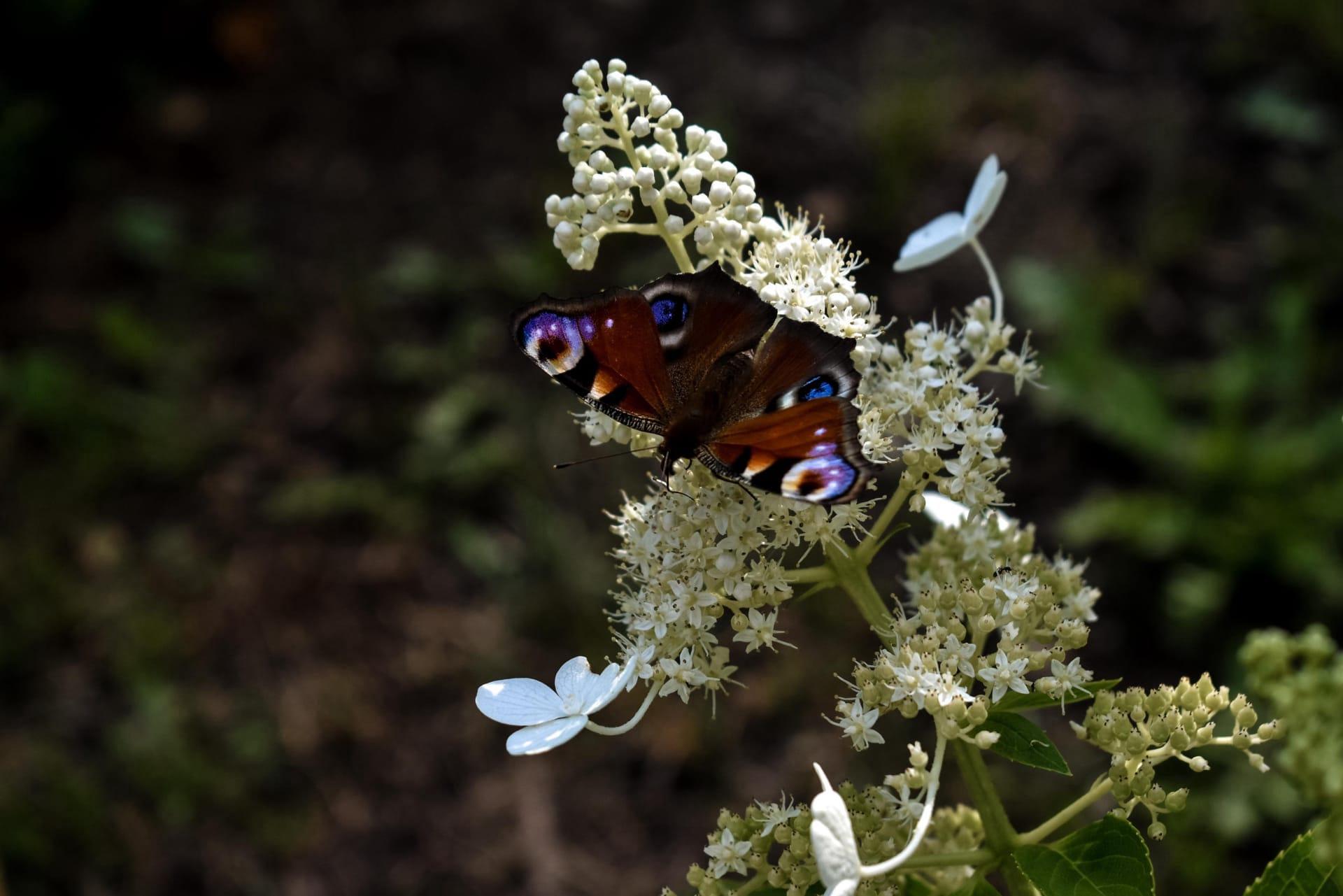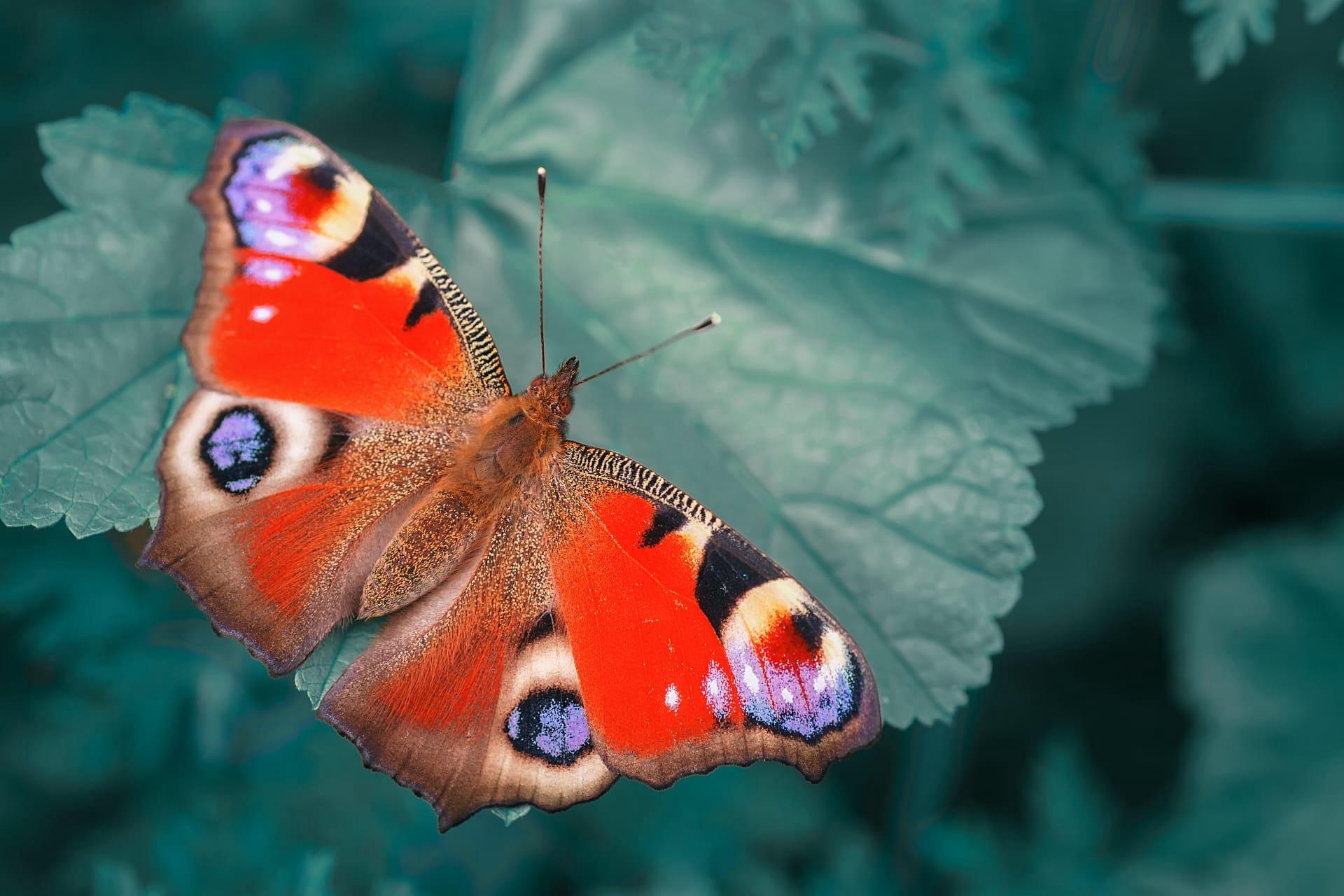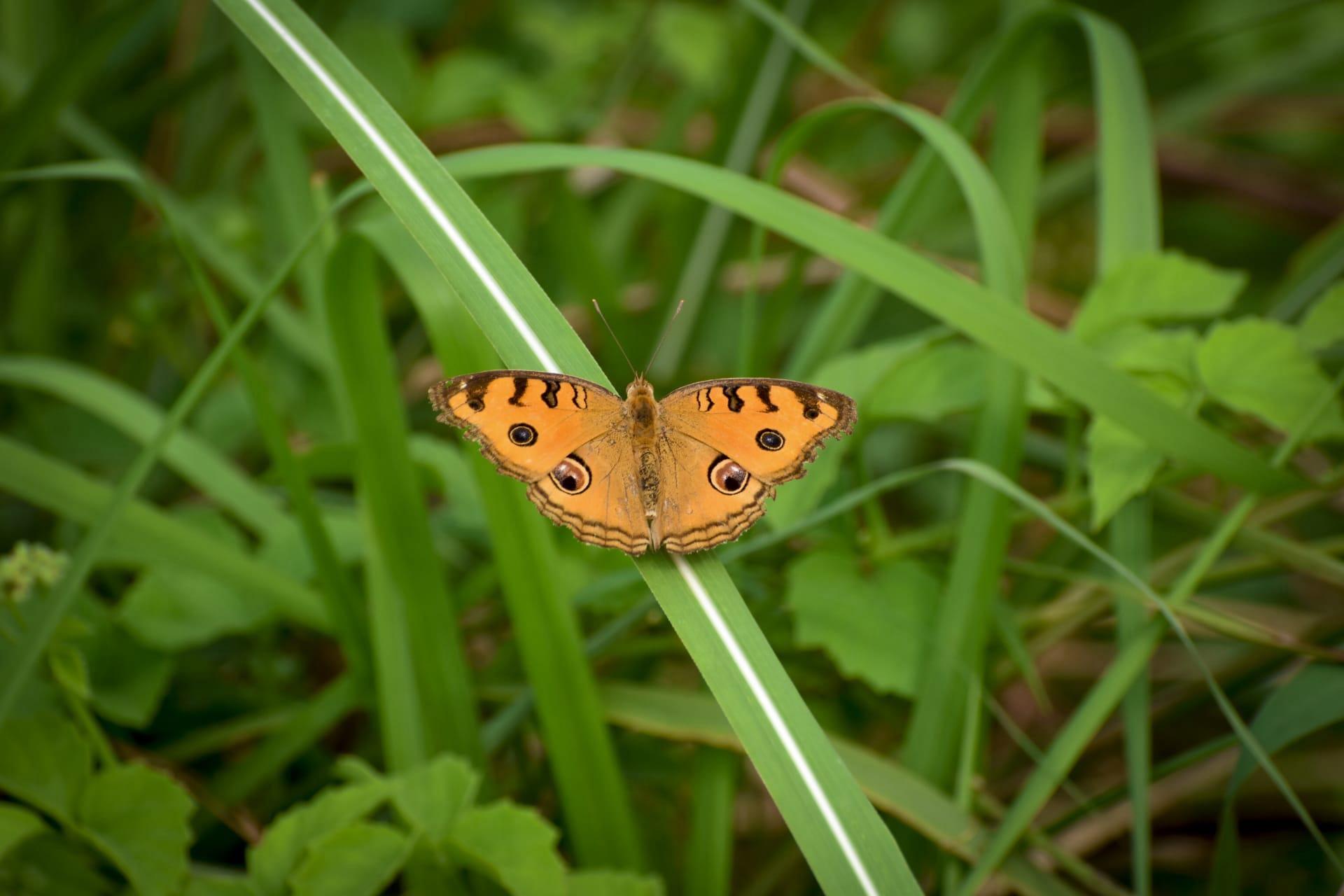1
The Peacock Butterfly, scientifically known as Aglais io, is a striking species notable for its vibrant colors and eye-like patterns on its wings. These eye patterns aren't just for show; they play a crucial role in the butterfly's defense strategy. When threatened, the Peacock Butterfly opens its wings to reveal these large, eye-like markings, which can startle or confuse predators. This mimicry is an effective deterrent against birds and other small animals that might consider the butterfly a tasty snack. The eyespots resemble those of larger animals, creating an illusion of a more formidable creature.
Another fascinating aspect of the Peacock Butterfly is its remarkable lifespan and survival strategies through the seasons. Unlike many other butterfly species, the Peacock Butterfly can live up to 12 months, which is considerably longer. One of the key factors contributing to their extended lifespan is their ability to hibernate during winter. They find shelter in hollow trees, crevices, or even buildings, entering a dormant state to conserve energy. This hibernation strategy is crucial for their survival in colder climates, allowing them to reemerge in spring to mate and lay eggs.

2
Feeding habits of the Peacock Butterfly offer insight into their ecological role. These butterflies are primarily nectar feeders, favoring a variety of flowers, including dandelions, thistles, and buddleia. Their preference for nectar-rich flowers makes them important pollinators in their ecosystems. As they move from flower to flower, they inadvertently transfer pollen, aiding in the reproduction of various plant species. This not only benefits the plants but also contributes to the overall health of their habitats.
The Peacock Butterfly is also known for its unique thermoregulation technique. On cooler days, they bask in the sun with their wings wide open, maximizing the surface area exposed to sunlight. This behavior helps them absorb heat, elevating their body temperature to optimal levels for flight and activity. Conversely, on very sunny days, they may close their wings to avoid overheating. The dark colors on their wings absorb heat efficiently, a trait that is particularly advantageous in their native temperate climates.

3
Mating rituals of the Peacock Butterfly are a blend of visual and chemical cues. During the mating season, males display their vibrant wings to attract females, showcasing their eye-catching patterns as a sign of fitness and genetic quality. Additionally, males release pheromones, chemical signals that further entice potential mates. This combination of visual and olfactory signaling ensures that the males can attract females effectively for reproduction.
Larval development of the Peacock Butterfly is another interesting facet of their life cycle. The eggs are laid in batches on the underside of stinging nettle leaves, which serve as the primary food source for the caterpillars upon hatching. These caterpillars are black with white spots and covered in tiny spines, providing them some defense against predators. As they grow, the caterpillars feed voraciously on the nettles, undergoing several molts before pupating. The choice of stinging nettle not only provides nourishment but also a form of protection, as many predators avoid these plants due to their stinging hairs.

4
The Peacock Butterfly has a distinct migratory pattern, particularly notable in the northern parts of its range. While they are primarily sedentary, individuals may migrate to find suitable habitats with abundant food sources. These migrations are influenced by climatic conditions and availability of resources. This mobility helps them exploit different areas, ensuring their survival and reproduction in varying environments.
Another fascinating characteristic is the Peacock Butterfly's ability to taste with its feet. Like many butterflies, they possess taste receptors on their feet, allowing them to sense the suitability of a plant for laying eggs. When a female lands on a potential host plant, she can instantly assess its suitability as a food source for her future larvae. This adaptation is crucial for the survival of her offspring, ensuring they have the necessary food right after hatching.

5
Regarding sensory perception, the Peacock Butterfly has a highly developed sense of vision. Butterflies in general are known for their wide visual spectrum, which includes the ability to see ultraviolet light. This ability plays a critical role in their interactions with flowers, as many plant species have ultraviolet patterns on their petals, invisible to the human eye. These patterns guide the butterflies to the nectar, enhancing their efficiency as pollinators.
The chrysalis stage of the Peacock Butterfly is a remarkable process of transformation. The chrysalis, or pupa, appears as a dormant stage, but inside, drastic changes are occurring. The caterpillar's body undergoes metamorphosis, reorganizing into the adult butterfly. This process, which takes about two weeks, is one of nature's most incredible transformations. The emergence of the adult butterfly from the chrysalis is a critical moment, marking the transition from a ground-dwelling caterpillar to a vibrant, winged adult.